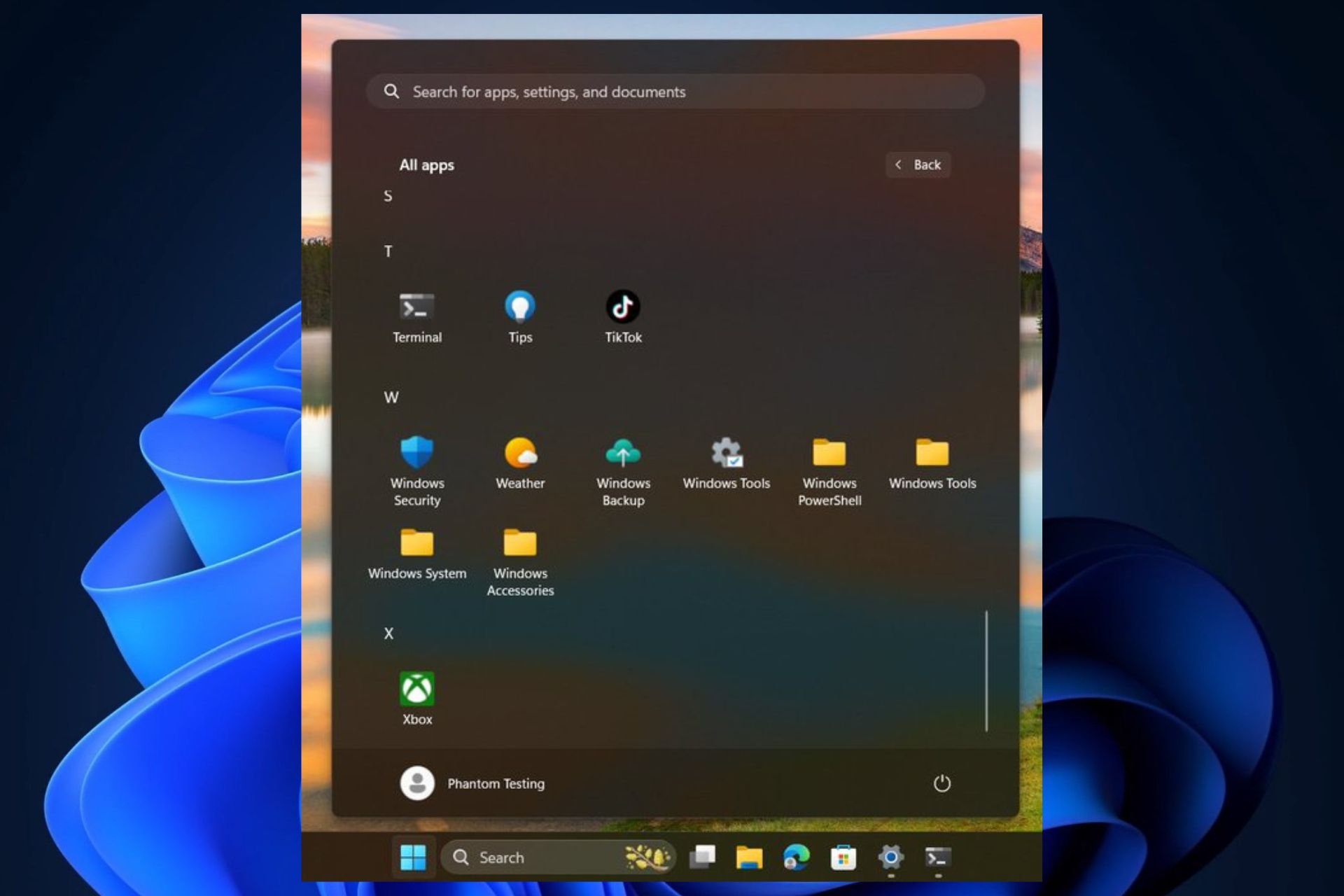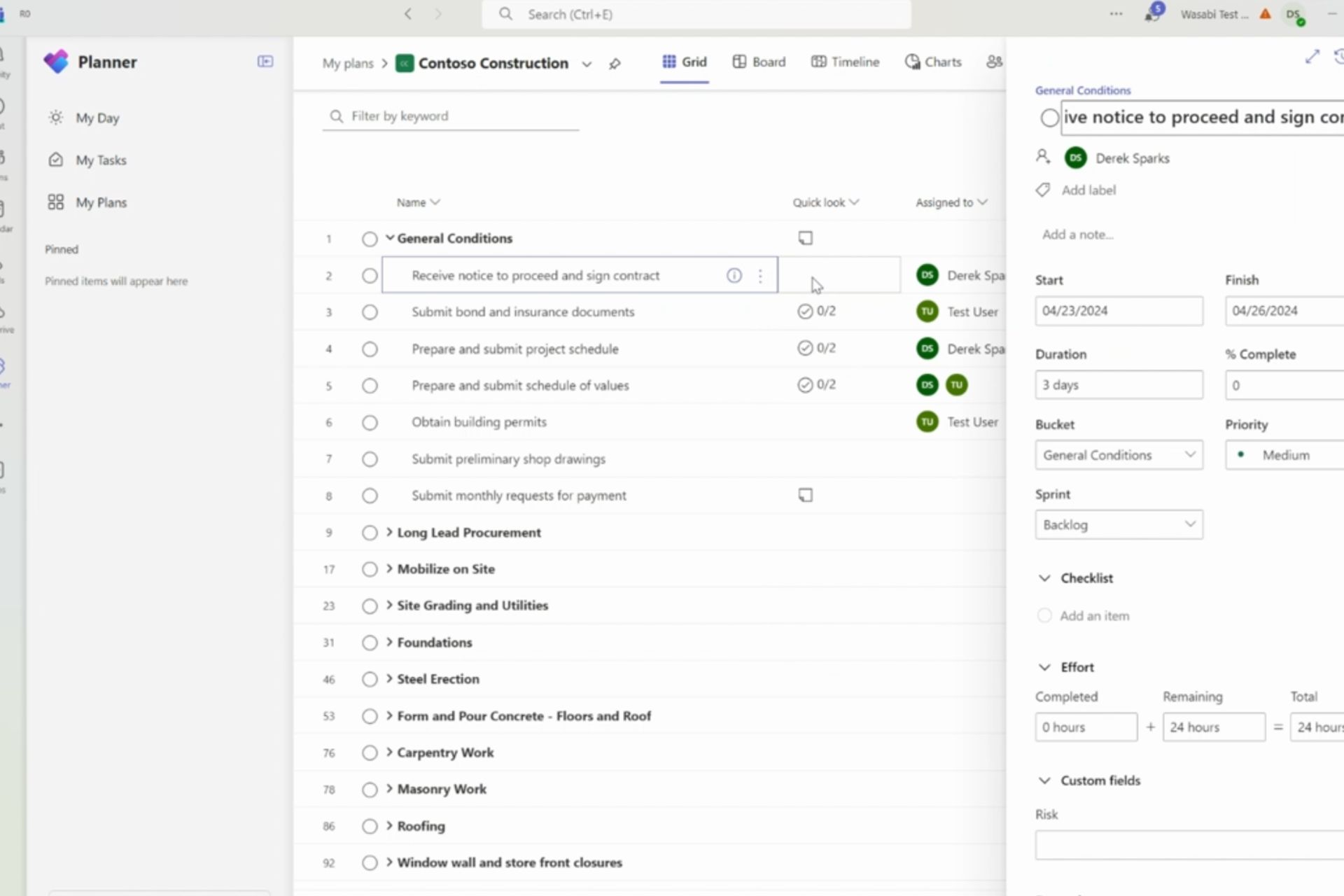Microsoft deprecates RC4 in both Internet Explorer 11 and Edge
2 min. read
Published on
Read our disclosure page to find out how can you help Windows Report sustain the editorial team Read more
Security remains one of Microsoft’s most important goals in Windows 10. The company has been working on improving security in Windows for quite some time now, and their efforts have resulted in a Windows 10 that is perceived by many (including the company’s corporate clients) as more secure. Today, Microsoft announced another effort at improving Windows 10 security, specifically the removal of support for the RC4 cipher from Internet 11 and Edge.
Microsoft released KB3151631 as part of today’s Patch Tuesday set of updates that will disable RC4 in both Internet Explorer 11 on Windows 7 and later and in the Edge browser on Windows 10. As the company describes things:
RC4 is a stream cipher that was first described in 1987, and has been widely supported across web browsers and online services. Modern attacks have demonstrated that RC4 can be broken within hours or days. The typical attacks on RC4 exploit biases in the RC4 keystream to recover repeatedly encrypted plaintexts. In February 2015, these new attacks prompted the Internet Engineering Task Force to prohibit the use of RC4 with TLS.
Previously, Microsoft Edge and Internet Explorer 11 allowed RC4 during a fallback from TLS 1.2 or 1.1 to TLS 1.0. A fallback to TLS 1.0 with RC4 is most often the result of an innocent error, but this is indistinguishable from a man-in-the-middle attack. For this reason, RC4 is now entirely disabled by default for Microsoft Edge and Internet Explorer users on Windows 7, Windows 8.1 and Windows 10.
Most users won’t even know the update has been applied. However, if you’re responsible for a web site that utilizes RC4, then you’ll need to make some changes. Microsoft outlines the details in Security Advisory 2868725.







